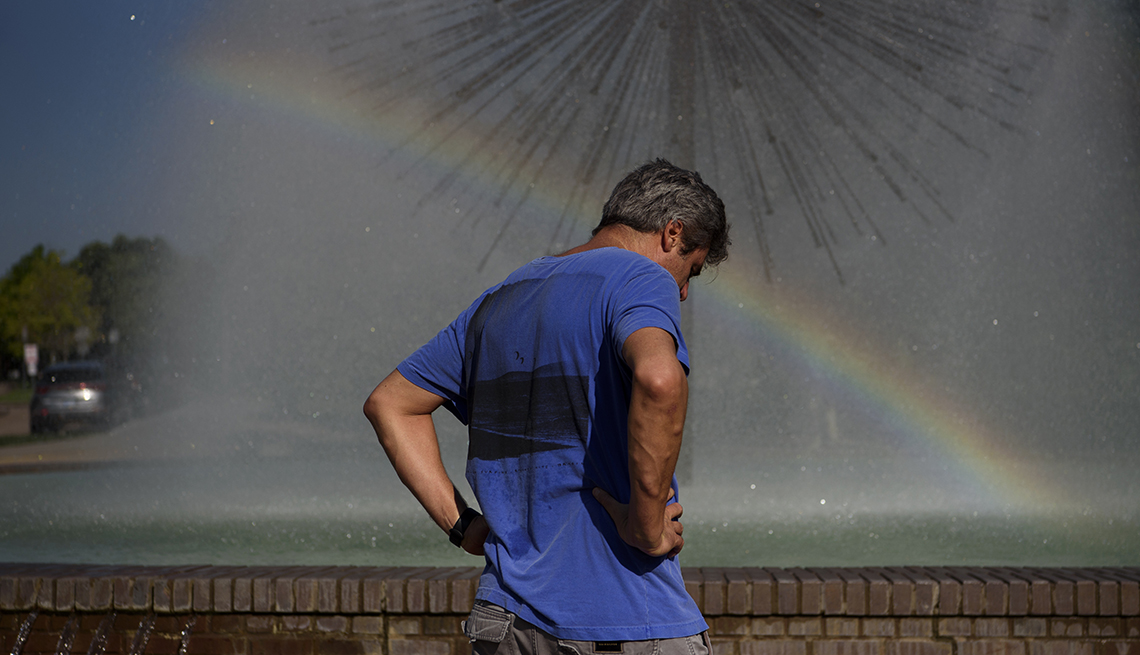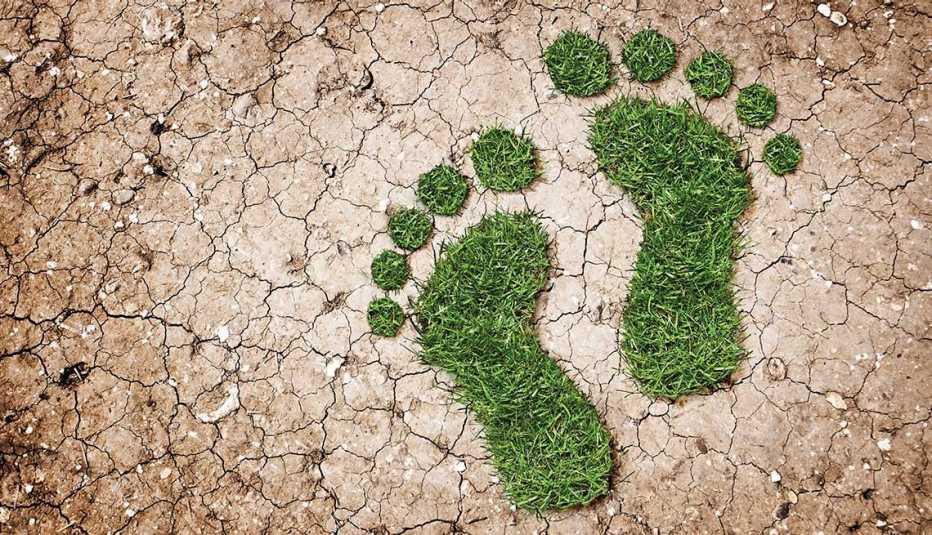Staying Fit
Heat wave checklist for caregivers
Try and visit those under your care at least twice a day during extreme heat and ask yourself these questions:
- Are they drinking enough water?
- Do they have access to air conditioning?
- Do they know how to keep cool?
- Do they show any signs of heat stress?
Source: CDC
Extreme heat continues to plague the western U.S., with triple-digit temperatures in places like Seattle and Portland reaching highs not seen since record keeping began in the 1940s, according to the National Weather Service.
Residents have been urged to stay in air-conditioned buildings, avoid strenuous activities, drink plenty of water and check on family members or neighbors who may live alone, among other ways to stay healthy as heat increases. This is especially important for older adults, who tend to be more vulnerable to heat-related illnesses. Their bodies do not adjust as well as younger people's to temperature changes, and they are more likely to have a chronic medical condition that affects bodily responses to heat. Though most heat-related deaths and illness are preventable, more than 600 people in the U.S. die from extreme heat each year, on average, according to the Centers for Disease Control and Prevention (CDC).


AARP Membership— $12 for your first year when you sign up for Automatic Renewal
Get instant access to members-only products and hundreds of discounts, a free second membership, and a subscription to AARP the Magazine.
America's costliest heat waves
What is a heat wave? The Weather Service defines it as a period of abnormally hot weather that lasts more than two days. Not only does extreme heat create hazards for humans, but it also stresses transportation, utilities, clean water and agriculture. When heat waves occur over a period of weeks to months and are accompanied by drought, the costs can be steep.
While the ultimate human and financial toll of the 2021 heat wave won't be known for some time, we do know the toll taken by major heat waves and droughts over the past four decades. Here is a list of the costliest heat waves in the U.S. since 1980 based on data from the National Oceanic and Atmospheric Administration. All dollar figures have been adjusted for inflation.
1. Summer 1988
Estimated cost: $45.4 billion
From June through August 1988, heat and drought across a large portion of the U.S. caused severe losses to agriculture and related industries. Eleven states declared disasters, and water levels in the three largest rivers within the continental U.S. were 45 percent below normal in June. An estimated 5,000 people perished from direct and indirect effects of the heat.
2. 2012
Estimated cost: $34.8 billion
The 2012 drought is considered the worst that has affected the U.S. since the 1930s. Extreme conditions affected more than half the country for most of the year, resulting in widespread loss of corn, sorghum and soybeans, among other crops. The associated summer heat wave was directly tied to 123 deaths, but the estimated number of deaths due to heat stress is still unknown.
3. Summer-Fall 1980
Estimated cost: $33.9 billion
The heat wave that hit the central and eastern U.S. damaged agriculture and related industries. Combined direct and indirect deaths due to heat stress were estimated at 10,000, the highest total by far on this list.
4. Spring-Summer 2011
Estimated cost: $14.2 billion
Drought and heat wave conditions pummeled Texas, Oklahoma, New Mexico, Arizona, southern Kansas and western Louisiana from March through August 2011. In Texas and Oklahoma, a majority of range and pastureland was declared to be in very poor condition for the growing season. Ninety-five deaths were directly tied to the drought and heat wave.
5. Spring-Fall 2013
Estimated cost: $11.9 billion



































































